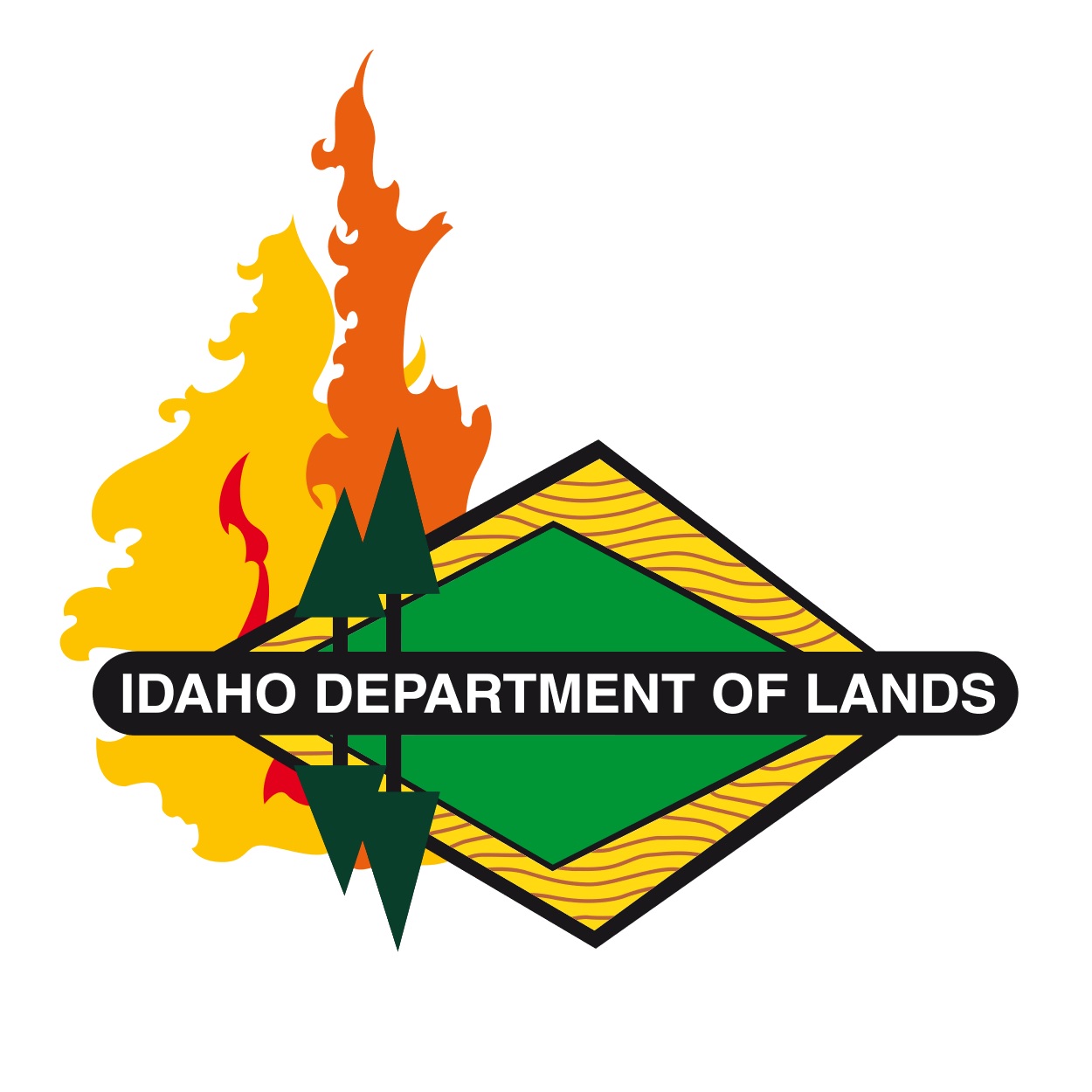Winter Tree Care, Protection and Identification
By Gerry Bates
IDL Southern Idaho Community Forestry Assistant
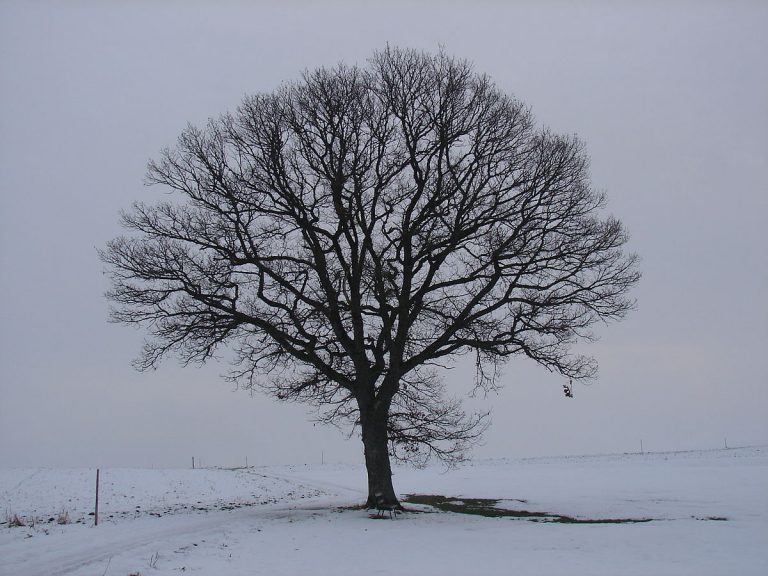
Short days and long, cold nights are sure signs that the trees you care for are dormant. Winter’s bare branches offer an opportunity to inspect your trees and evaluate whether they present a hazard or require maintenance. When a tree branch lands on people or property, it can mean trouble.
In evaluating the hazard potential of a tree, identify potential targets and defects. Targets are objects or property that would be hit if the tree or limb falls. Common targets are houses, cars, and utility lines. It is especially critical to consider areas where people gather, such as pools, picnic tables, and decks.
A defect is the condition that may cause the tree to fall or lose branches. If a defect is suspected, a hazard tree evaluation should be undertaken by a trained professional Arborist or urban forestry consultant.
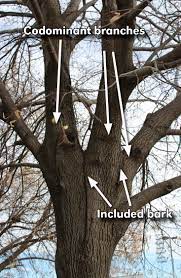
If a defect is suspected, a hazard tree evaluation should be undertaken by a trained professional Arborist or urban forestry consultant. Every tree has the potential to fail, but while only a few do each year, it’s important for property owners to regularly check their trees for defects. Trees most likely to become hazards are those weakened by age, storms, fires, or other injuries. If such trees are planted near pedestrian or vehicular traffic or buildings, they can jeopardize safety.
Look in the crown of the tree for signs of low vigor, dead branches, wounds, or cracks. Fungus, mushrooms, or conks on or at the base of the trunk or large limbs indicate decay inside the tree. If a tree begins to suddenly lean, or if the ground around the tree starts to rise up, there is a strong likelihood that the tree is going to fall.
If the hazard is not imminent, consider moving the target. Although you can’t move buildings, sometimes a landscape feature, parking site, playground equipment, or picnic table can be moved out of the danger zone. Remove defective branches and reduce the weight of large branches. Sometimes the best solution for very hazardous trees is removal.
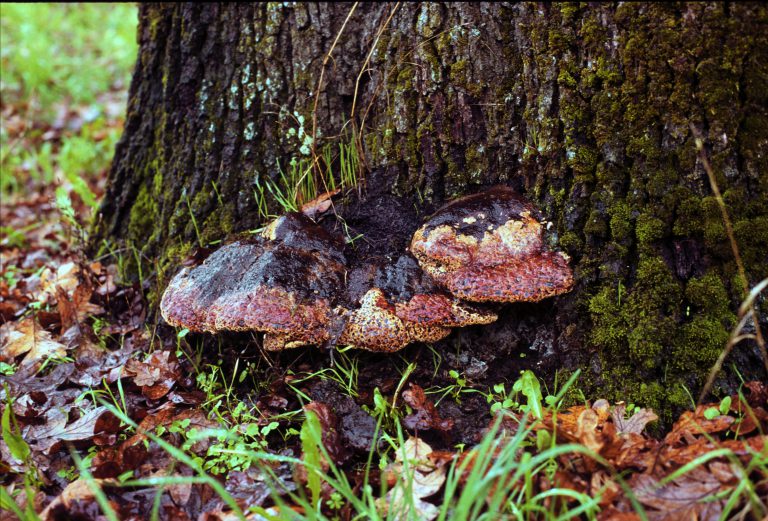
Dormant trees are still susceptible to injury or death. The most obvious danger is injury resulting from low temperatures. Trees that aren’t hardy enough to grow in the area are likely to suffer such injury. But the sudden onset of extremely cold temperatures after relatively warm weather in the winter can cause injury to otherwise hardy trees.
To avoid this kind of injury, select cultivars of trees and shrubs that are hardy in your city. Avoid stimulating new growth that won’t have time to harden off before winter. That means don’t fertilize trees after June 30, and avoid late summer pruning. Irrigate your trees until the ground freezes. Trees and shrubs withstand severe temperatures better if soil moisture is adequate. Mulch root zones with a thick layer of wood chips, sawdust, leaves, or straw to retain moisture in and moderate the temperature of the soil.
Sunscald, or southwest damage, is a problem of thin-barked trees such as maple, ash, crabapple, Mountain ash, and fruit trees–especially if they are newly transplanted. Winter sunscald occurs when the bark on the south and west sides warms during the day and then freezes at night. Sunscald can be prevented by reflecting the heat of the sun. Trunks can be painted with white latex paint or wrapped with burlap or commercial white wrapping. Use the wrap for at least the first two winters on new trees, but be sure to remove it each spring, as it provides an excellent place for insects to live.
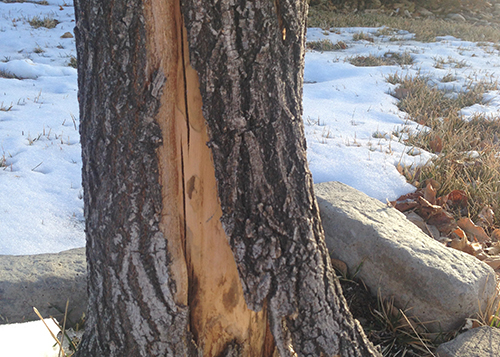
Snow breakage can be a problem, especially in evergreen trees and shrubs. When snow is allowed to accumulate on spreading or upright branches, the increased weight can easily break whole sections out of a tree. Remove snow from branches before it accumulates. While winter can be tough on our trees, especially newly planted ones, a little forethought and care can assure long term success.
During snowy winters, animals cause quite a bit of damage. Deer, porcupine, rabbits, and mice can girdle trees by gnawing on the bark. Wire can be used around the trunk to protect it from larger animals; tinfoil helps deter smaller animals from chewing on the bark.
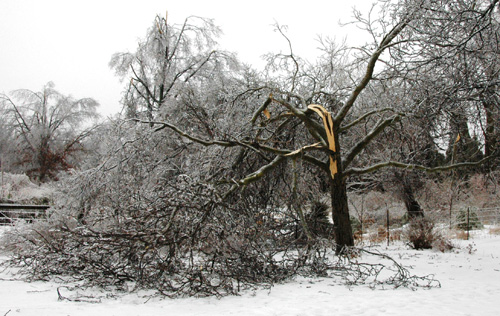
The identification of trees in the non-leaf seasons is fun and easy. A twig is a young shoot representing the current season’s growth of a woody plant. To successfully identify plants by their twigs, familiarize yourself with the individual parts of a stem. The terms lateral or terminal bud, leaf scar, stipules, node, spur shoot, and pith need to be understood. Individual species of trees all have different and specific arrangements of these parts. That particular arrangement is the key to identifying the plant.
Fortunately, help is just a “mouse click” away. Many sites on the internet can lead you step by step through the process of correctly identifying a plant. A search using the words “Dendrology Key” will yield sites devoted to plant identification. One method of plant identification, dichotomy, asks pairs of questions. The answer leads to two more choices and so on, until by the process of elimination, the plant is correctly identified.
Bark is another feature that helps in winter tree identification. While it may not be possible to distinguish between individual types of maples, it is possible to determine if the tree is an oak, a birch, or a chestnut–just by its bark. Normally, it’s best to examine mature trees when attempting to identify a tree by its bark. Young trees have not yet formed the corky material characteristic in most barks. Some bark is paper thin (birch); other trees have thicker bark (oak). It can be deeply furrowed (sweet gum), lined with thorns (Honeylocust), scaled (Scotch Pine), or peeling (Juniper). An excellent reference for identification of trees by their bark is “Tree Bark” by Hugues Vaucher.

